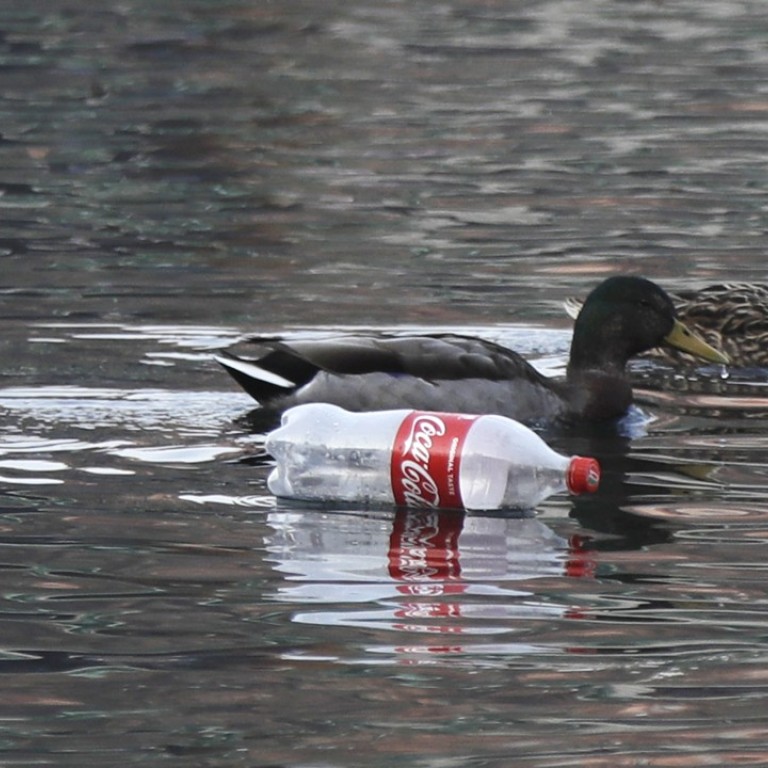
War on plastics declared as oceans fill up with rubbish
- ‘We cannot continue this business as usual, we need to change the throwaway culture we have developed,’ says activist Miriam Kopp
Faced with images of turtles smothered by plastic bags, beaches carpeted with rubbish and islands of trash floating in the oceans, conservationists say the world is waking up to the need to tackle plastic pollution.
Stories on social media of giant seas of floating waste or a beached whale in Indonesia with 6kg (13 pounds) of plastic in its stomach have moved plastic pollution into the spotlight.

“There is no question plastic is having a moment,” said George Leonard, chief scientist at Ocean Conservancy. “We are in a moment in time where we are starting to stare the problem in the face, and we’re quite optimistic and hopeful that we can solve it.”
Leonard and other environmental experts are optimistic the exposure will make the problem of plastics hard to ignore and focus attention on how best to deal with such waste.
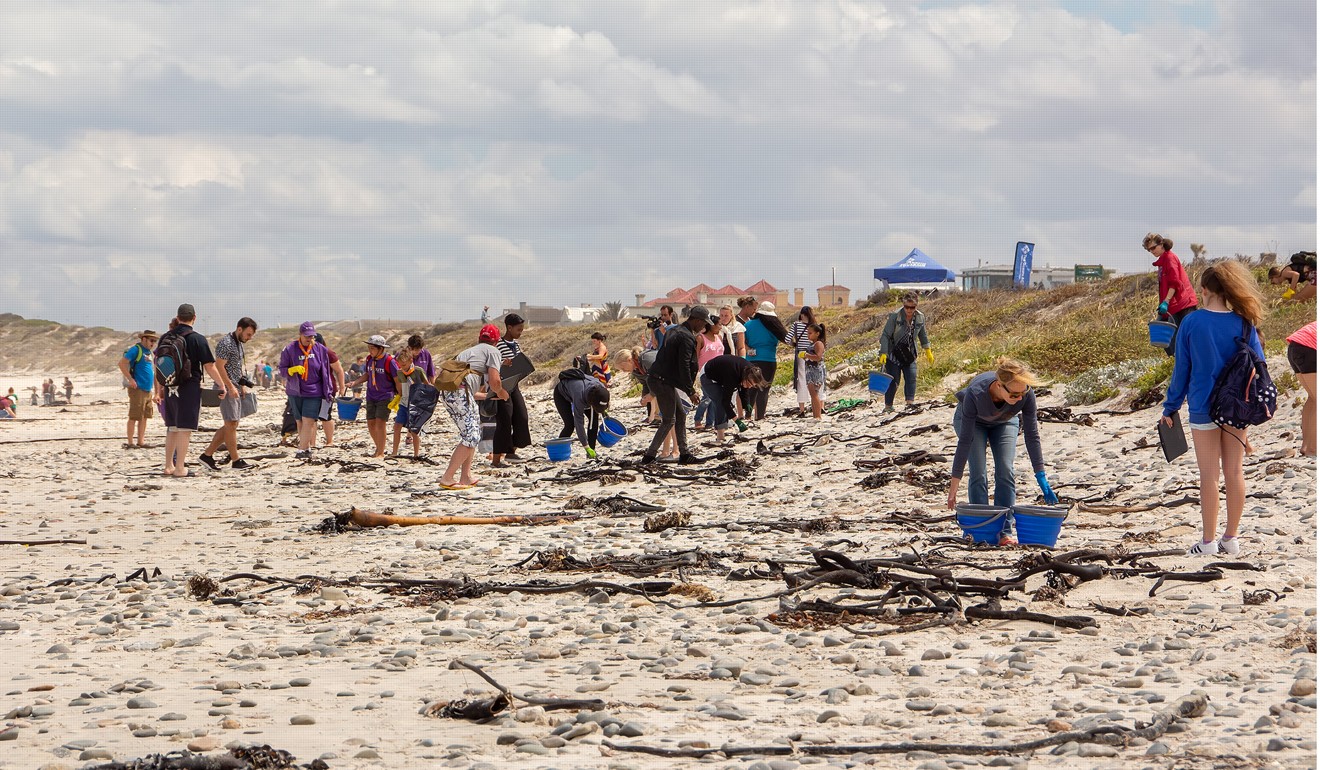
Eight million tonnes of plastic is dumped into the oceans each year, according to a study in the journal Science.
But that is only what comes from land, said Francois Galgani, researcher with the French institute Ifremer, estimating another 2 million tonnes could come from ships – especially fishing vessels.
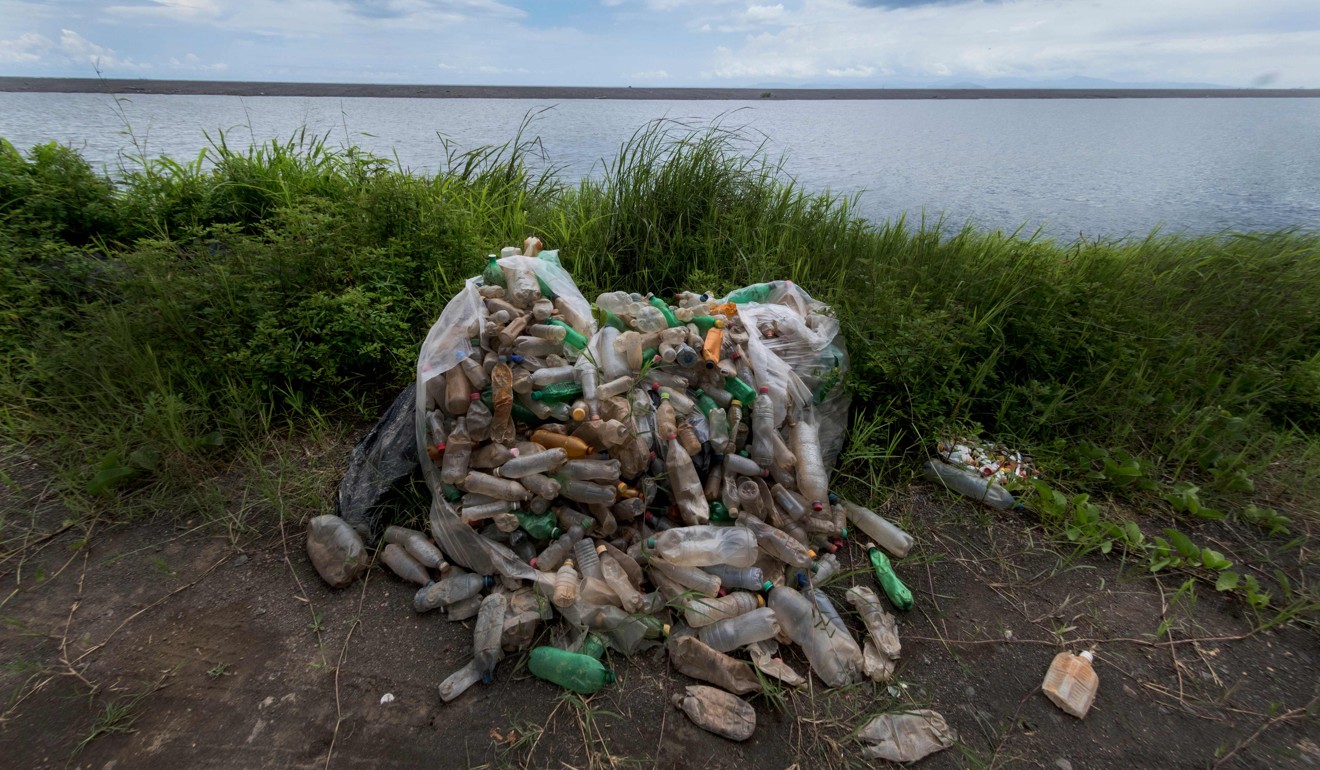
As a consequence more than 700 species are affected, including turtles who confuse plastic bags with the jellyfish they eat, Galgani said.
More than 5 billion plastic bags are used every year, and a ban step by step, country by country is underway, the first phase towards a possible general ban. Bags could be followed by bans on plastic straws and cotton buds.
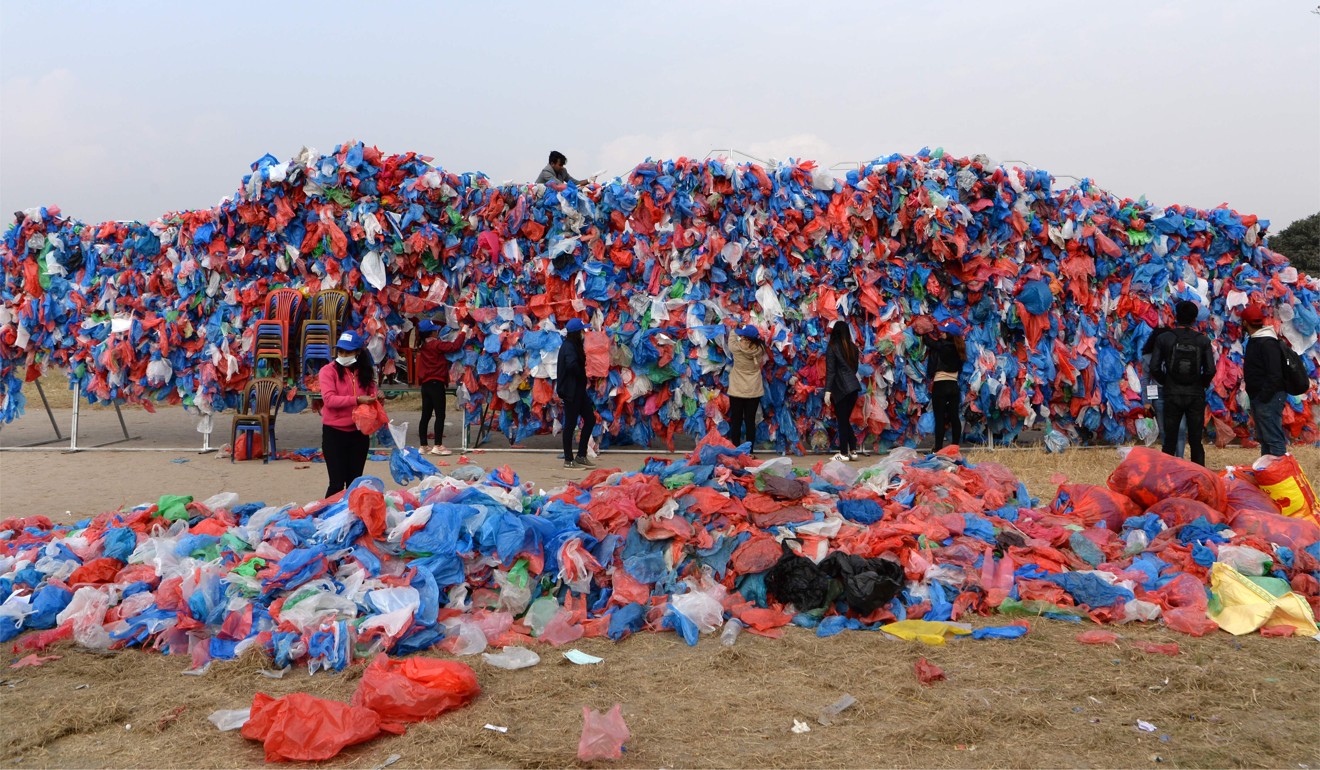
The European Union wants to ban certain single-use plastics by the end of 2021. For Galgani, that would be good news, as it would represent around 30 to 40 per cent of the plastic that ends up in the oceans.
“Everyone is working for the good cause, even industries,” he said.
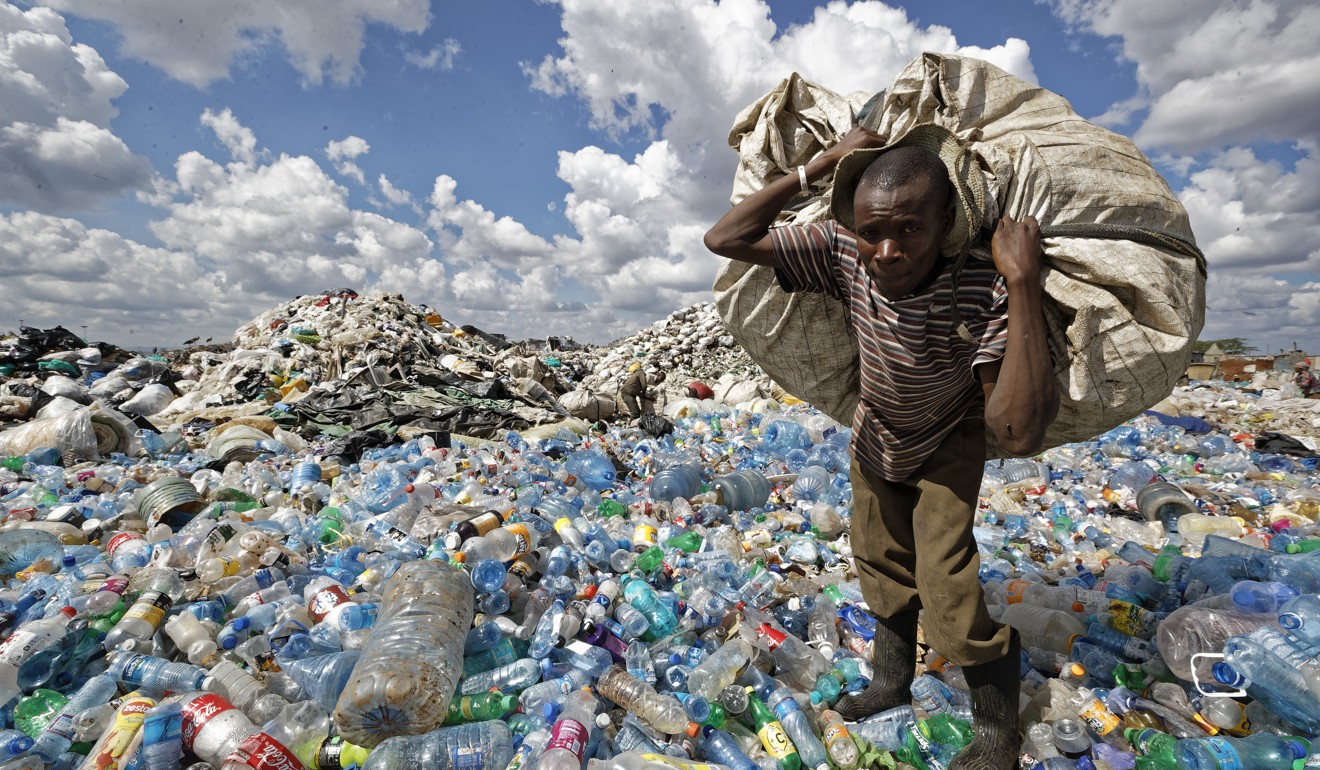
But according to a study in Science Advances review, from the 8.3 billion tonnes of plastic produced between 1950 and 2015, 6.3 billion tonnes became garbage that was not very biodegradable material and only 9 per cent was recycled.
For Greenpeace’s Mirjam Kopp, though, recycling is not enough.

“We cannot continue this business as usual, we need to change the throwaway culture we have developed,” Kopp said. “We need to tackle the problem at the source. Industries are putting the blame on the consumers, saying they should recycle more, but we don’t think it will help. They are responsible for the single-use plastics they put on the market.”
The UN Environment agency has already declared war on plastics in the oceans and made it the environmental theme of 2018.

“We need stop treating plastic as something that we can just throw away after we have used it, and start treating it as a material that has real value,” said Petter Malvik, campaign manager for the Clean Seas campaign launched by UN-Environment in 2017.
200 countries pledge to stop dumping plastic in world’s oceans
Already around 60 countries have joined in the campaign started in 2017 to ban non-reusable plastics.
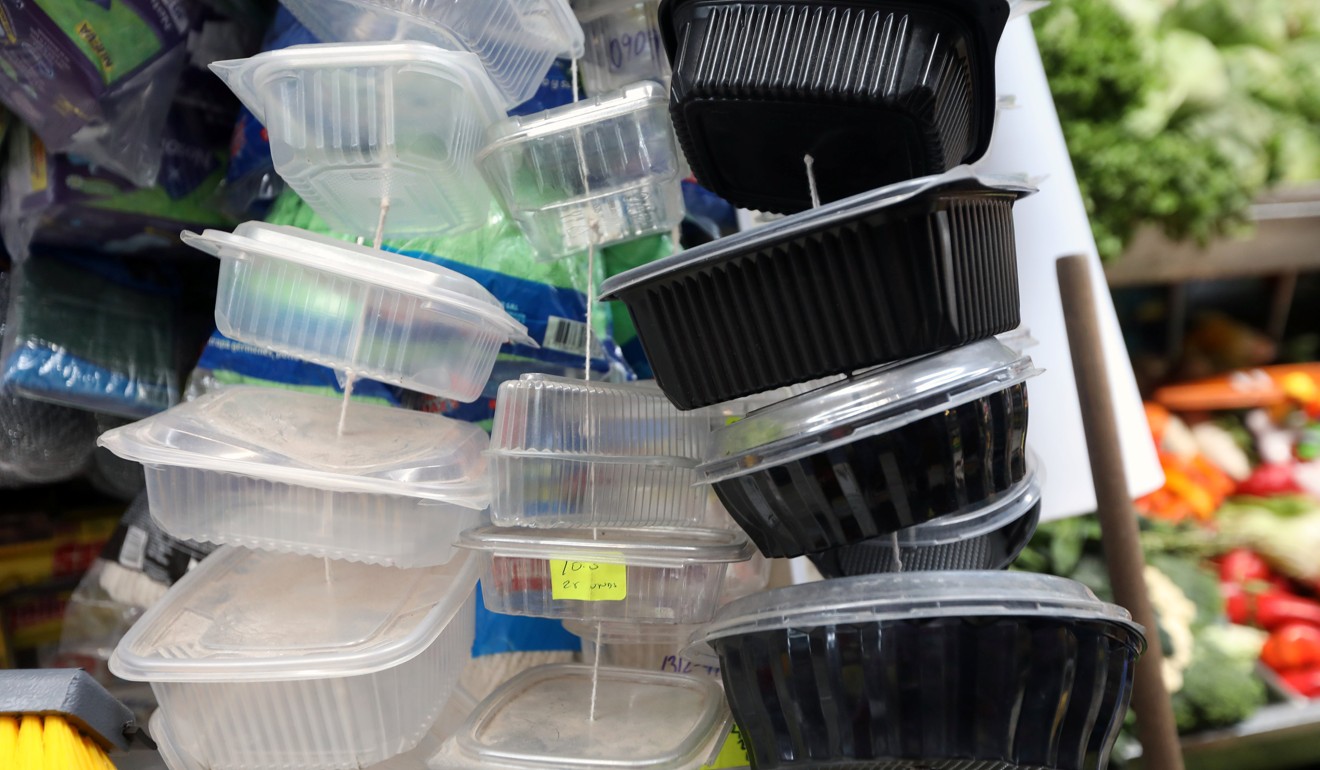
“Although bans alone won’t solve the problem, they are definitely more than just a drop in the bucket,” Malvik said.
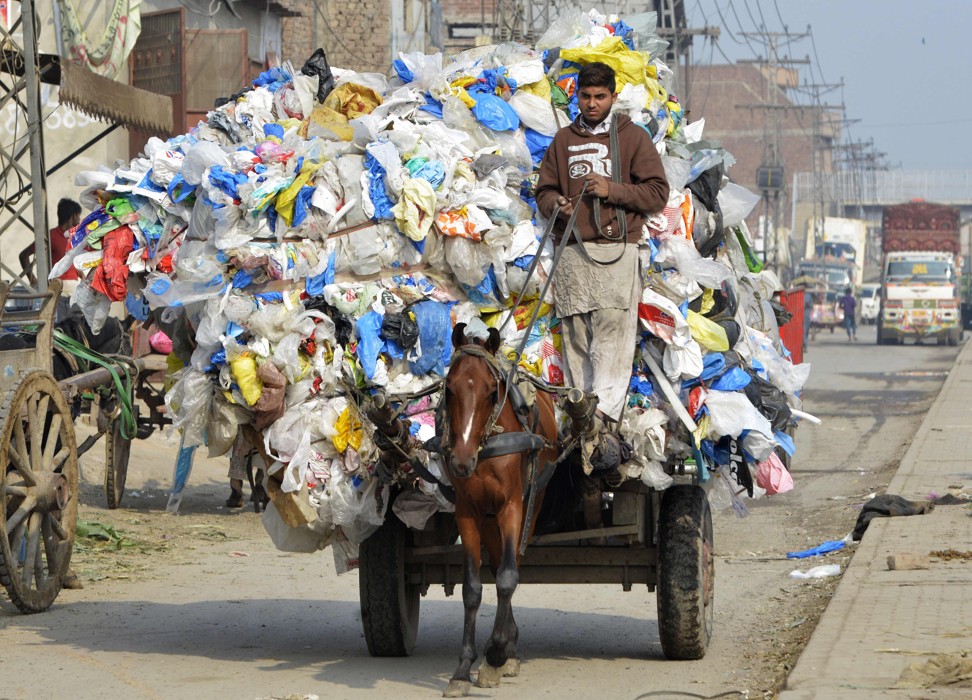
When it comes to cleaning the oceans, though, experts say the task may be far more complex. Scientists, for example, have doubts for over a giant floating clean-up device proposed by Ocean Cleanup foundation, which aims to clear half of a huge waste deposit floating in the Pacific in the next five years.
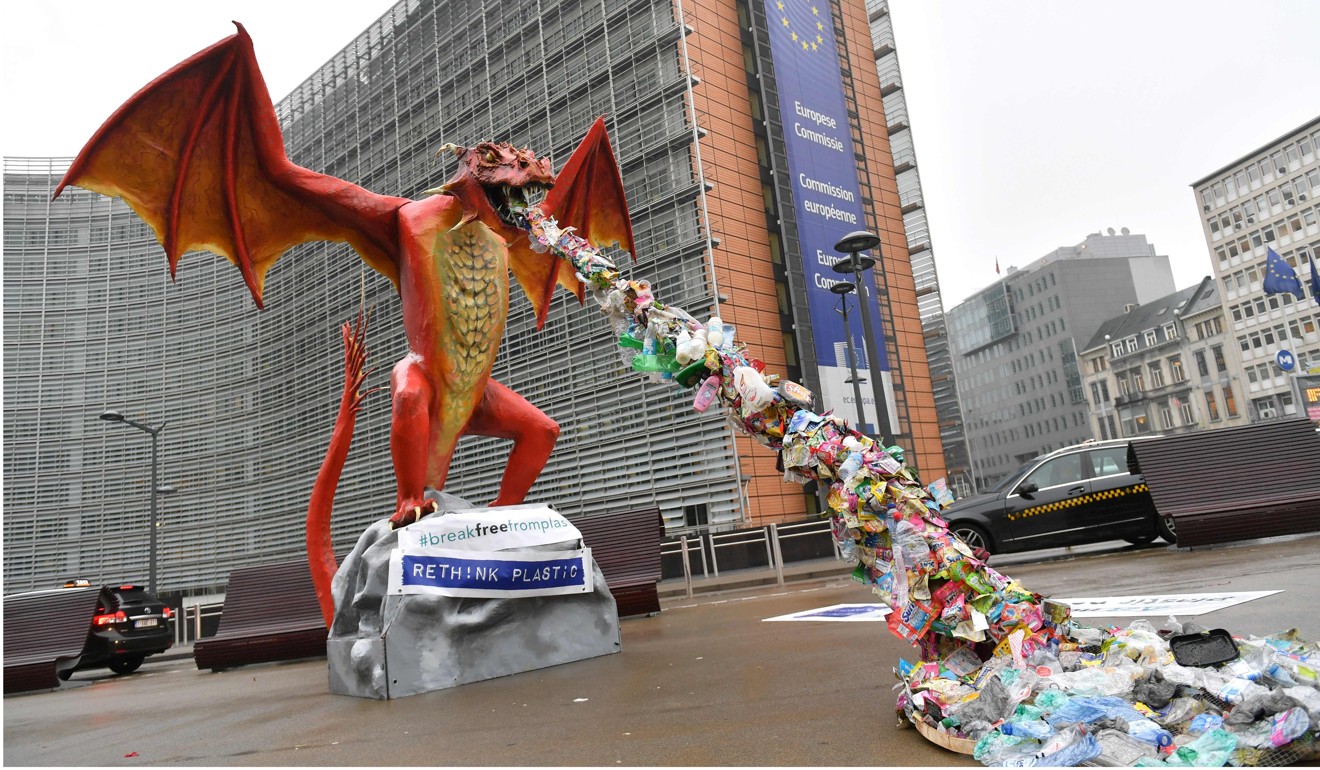
And if you want to clean up the ocean, Leonard says, then the surface is not the place to start.
So what is the solution? “Degradation,” says Galgani of France’s Iremer institute, referring to the breakdown of plastics. But for some plastics that means a process that may take “hundreds of years”.

.png?itok=arIb17P0)